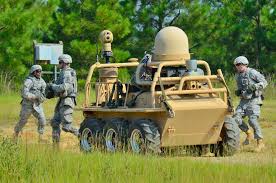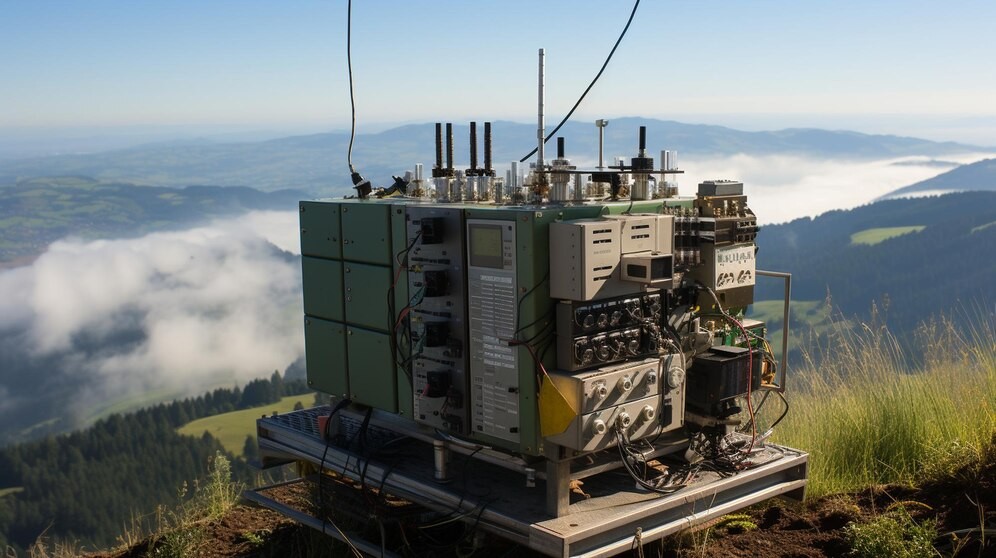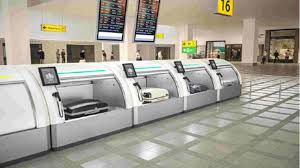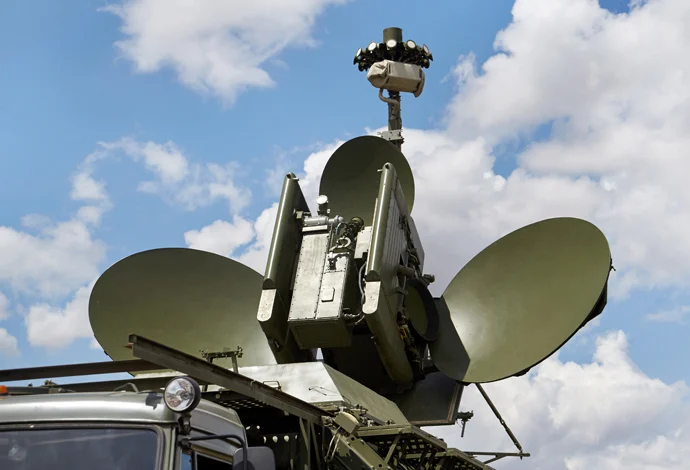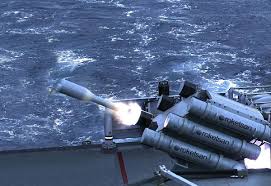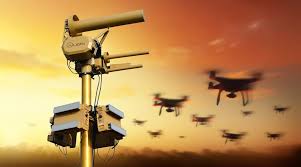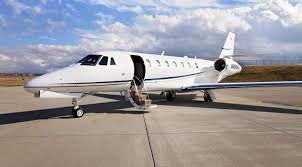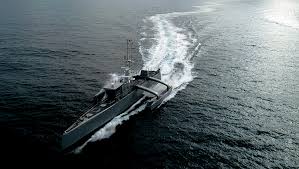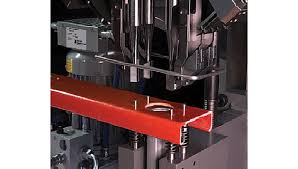Refueling Aircraft Market Size
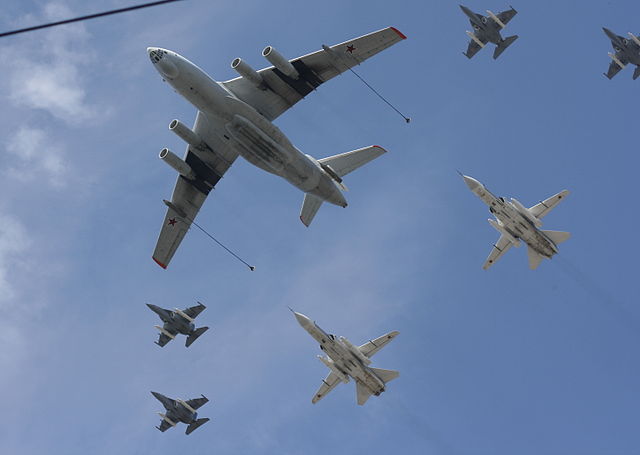
Refueling Aircraft Market accounted for USD 13.2 billion in 2023 and is expected to register a CAGR of more than 2% during 2024-2032. Growth in the market is being spurred by growing government investments in the acquisition of refueling aircraft.
The increased financial aid reflects a strategic emphasis on strengthening military capabilities, especially air-to-air refueling. For example, in August 2023, Brazil made plans to spend USD 10.6 billion on military research, development, and equipment acquisition programs. This will cover a range of things such as the Gripen fighter fleet and funding projects by Embraer, a domestic aircraft company, with a specific aim at aerial refueling aircraft.
The need for longer operational ranges, fueled by the pivotal importance of air-to-air refueling to strategic military operations, is promoting the refueling aircraft sector. In the wake of the need for global presence and quick reaction forces, nations look for aircraft to perform in-flight refueling, enabling fighter, bomber, and surveillance aircraft to stay airborne for longer distances without coming back to the home base. This ability increases the effectiveness and agility of military forces in responding to changing geopolitical issues and varied operational situations.
Report Attribute Details
Base Year 2023
Refueling Aircraft Market Size in 2023 USD 13.2 Billion
Forecast Period 2024 to 2032
Forecast Period 2024 to 2032 CAGR 2%
2032 Value Projection USD 16.9 Billion
Historical Data for 2018 to 2023
No. of Pages 260
Tables, Charts & Figures 300
Segments covered Aircraft, Component, Medium
Growth Drivers ”
Rising demand for increased operational ranges
Growing geopolitical tensions and security issues
Continuing advancements in aerospace technologies
Growing defense budgets
Pitfalls & Challenges
Defense budget uncertainties and volatility driven by global economic uncertainties
High maintenance expense
| 𝐑𝐞𝐪𝐮𝐞𝐬𝐭 𝐅𝐫𝐞𝐞 𝐒𝐚𝐦𝐩𝐥𝐞 𝐏𝐃𝐅 (Enter Corporate Email ID’ for a Free Sample Report): https://www.marketinsightsresearch.com/request/download/6/111/Refueling-Aircraft-Market |
Global economic uncertainties are a challenge to the refueling aircraft market because defense budgets are prone to volatility. Economic recessions, financial crises, or downturns can lead governments to review spending priorities, which can result in cuts in defense spending. This volatility can hamper long-term planning for military modernization programs, impacting investments in refueling aircraft. Adjusting to evolving economic conditions and promoting the strategic value of air-to-air refueling capabilities become essential in reducing the effects of global economic uncertainty on the refueling aircraft market.
Refueling Aircraft Market Trends
Partnership collaborations aimed at scaling Cryo-compressed Hydrogen (CcH2) storage and refueling infrastructure are driving profitable growth in the refueling aircraft market. In turning around the tech and logistics impediments of using CcH2, the collaborations increase in-flight refueling’s viability as well as efficacy. For example, in January 2024, ZeroAvia and Verne signed a Memorandum of Understanding (MoU) where they would determine jointly the prospects of using onboard aircraft fuel consisting of CcH2. The two firms also seek to evaluate CcH2 refueling techniques by identifying sources from which to undertake this process, such as Gaseous Hydrogen (GH2) or Liquid Hydrogen (LH2).
The international market is witnessing profitable expansion as a result of the growing emphasis on green aviation projects. As the world becomes more environmentally conscious, the demand for efficient fuel and green solutions is growing. This drives the innovation of refueling aircraft that are compatible with cleaner energy strategies, which lead to lower emissions and an environmentally friendly aerospace sector. Governments and aerospace industries are investing in fuel-efficient technologies that reduce the carbon footprint of in-flight refueling activities.
Refueling Aircraft Market Analysis
Discover more about the major segments influencing this market
Suppose you’re in the market for something that makes planes more fuel-efficient. You have several choices such as large trucks that fuel up the planes (aviation refueller), pumps that pump fuel out (dispenser), and special pods that get fitted onto the planes (refueling pods). Another way to refuel planes in mid-air is through a probe and drogue system. The refueling pods are becoming very trendy now, comprising close to 31% of the market. They’re going to get even larger because governments are purchasing a lot of aircraft that can utilize these pods. These new pods facilitate refueling a lot quicker and more efficiently. For instance, the KC-46 refueling aircraft can fuel three aircraft at a time, in a matter of minutes! Governments adore these aircraft because they’re so much more efficient and safer. Therefore, as more nations purchase these aircraft with the specific refueling pods, the demand for these pods is going to continue expanding.
Discover more about the pivotal segments defining this market
On the basis of aircraft, the market is segmented into commercial, military, and helicopter. The military segment accounted for approximately 43% market share in 2023 and is expected to experience strong growth during the forecast period. Military aircraft growth is fueled by their capability to increase mission performance. In-flight refueling greatly increases the operational range and loitering time of military aircraft such as fighter jets, bombers, and surveillance aircraft. The increased endurances allow military forces to engage in longer & more complicated missions, offering flexibility and adaptability against changing threats and strategic goals. Consequently, refueling aircraft are essential in maximizing the performance of contemporary military operations.
Europe led the world’s market for refueling aircraft with a significant share of more than 35% in 2023. The political significance of in-flight refueling capacity drives the Europe market. European nations acknowledge the vital role the aircraft have in extending ranges of operations, facilitating quick response to security threats. This strategic edge improves military responsiveness and flexibility. Consequently, these nations focus on acquiring advanced refueling aircraft to strengthen their air forces, with a strong defense posture and the capacity to respond effectively to changing security dynamics in the region & beyond.
Refueling Aircraft Market Share
Airbus is approximately 7% of the market share as it has increasingly become popular within the air-to-air refueling market based on its adaptability, features, and international acceptability by various air forces across the world. The market of refueling aircraft has a competitive market where reputable aerospace manufacturers jostle with each other in an attempt to supply superior-quality tanker aircraft embedded with advanced technologies in in-flight refueling. These firms compete for government contracts and partner on multinational defense initiatives, creating innovation and technological improvements in the sector.
| Buy this Premium Research Report to explore detailed market trends – https://www.marketinsightsresearch.com/report/buy_now/6/111/Refueling-Aircraft-Market |
Refueling Aircraft Market Companies
Major players operating in the refueling aircraft industry are
- Airbus
- Antonov
- Boeing
- Cobham plc
- Eaton
- Embraer
- L3Harris Technologies, Inc.
- Lockheed Martin Corporation.
- Northrop Grumman
- Omega Aerial Refueling Services
